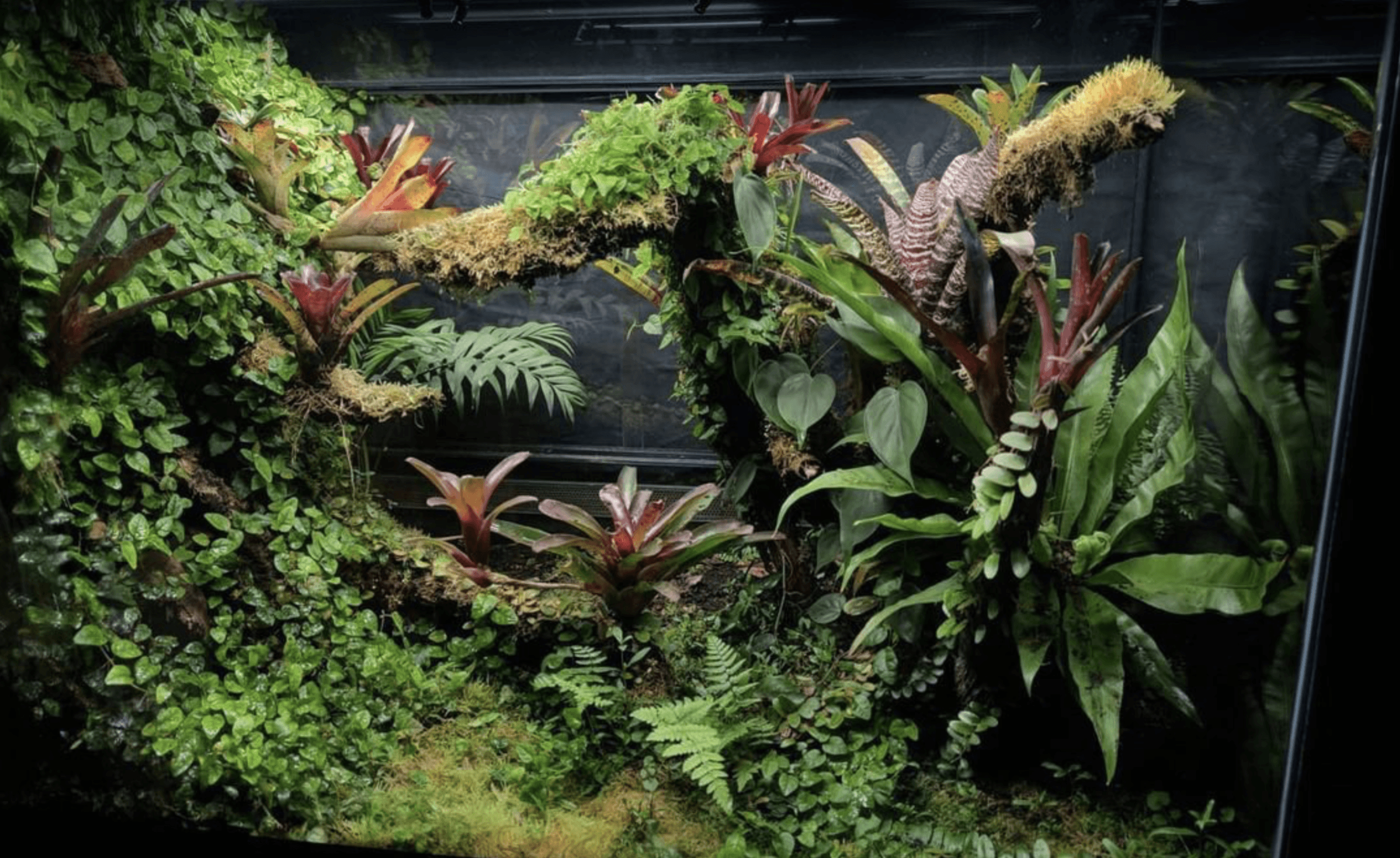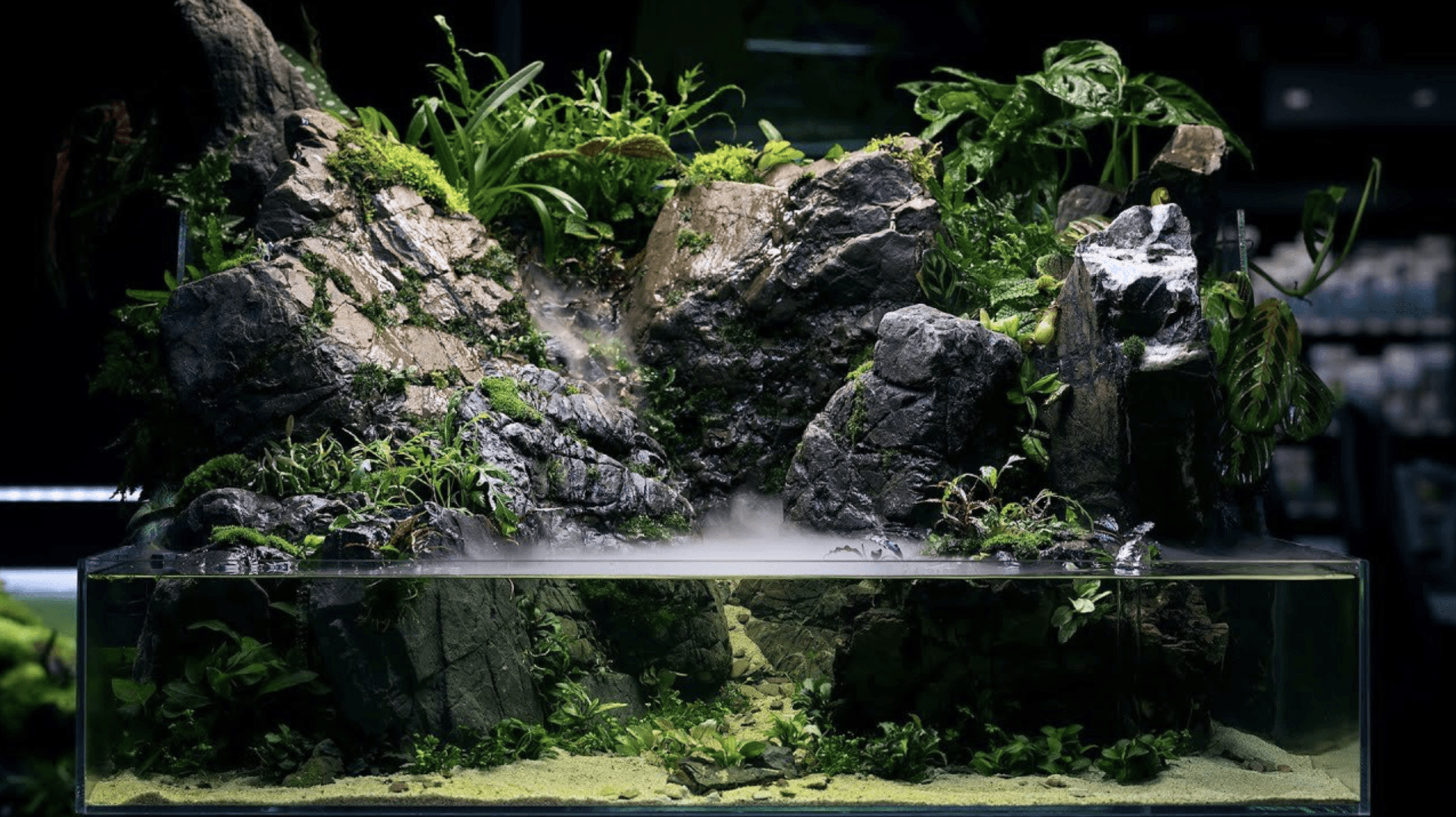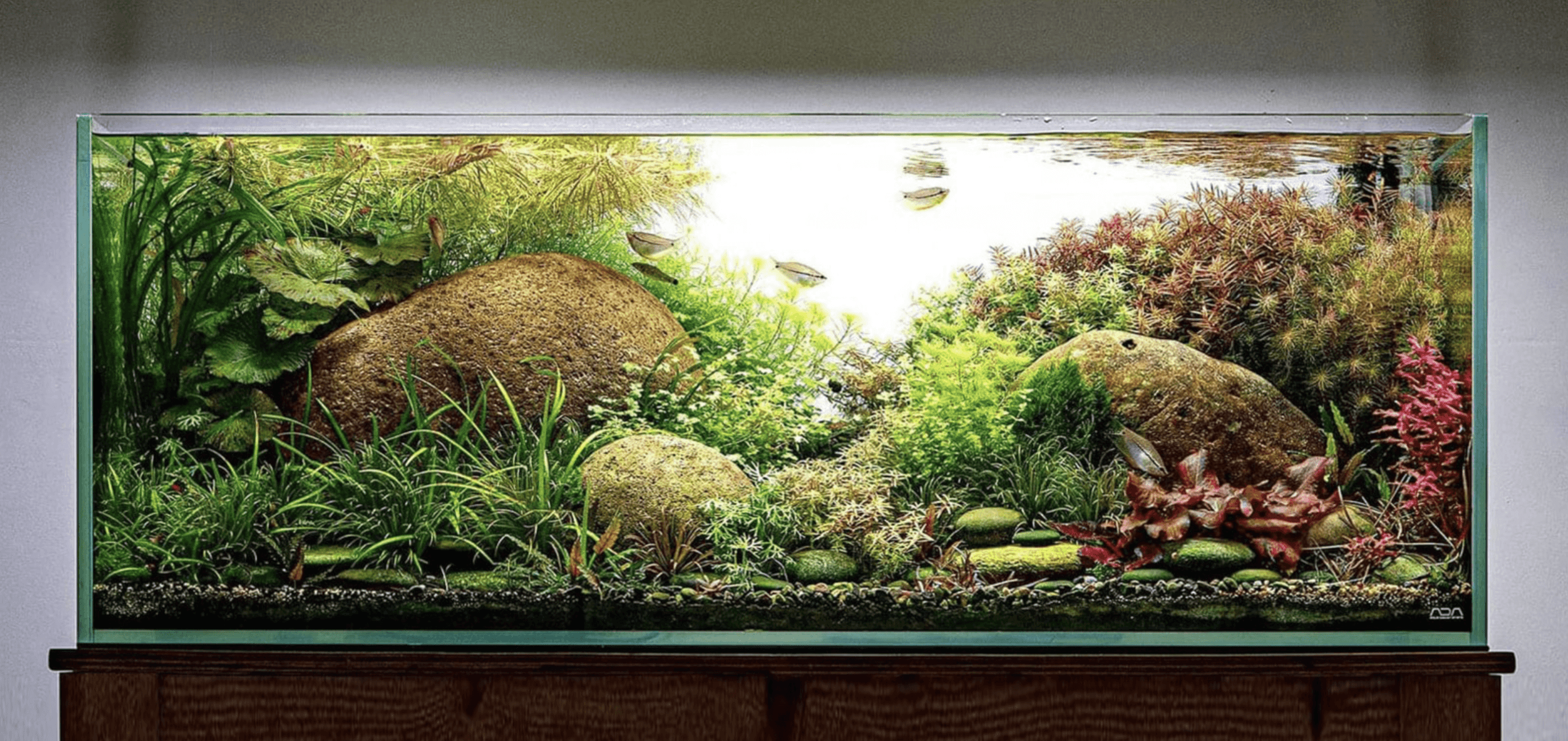
Have you ever wondered what the difference is between a terrarium and a vivarium? Or what a paludarium even is? Then this article is for you! We’ll explore the common types of “-ariums” so you can get a better understanding of these miniature ecosystems—and maybe even decide which one is right for you.
Terrariums

Terrariums are primarily dedicated to housing and showcasing plants. These miniature gardens in glass containers create controlled environments that promote plant growth and visual appeal.
Terrariums can be categorized into two main types: closed and open. Closed terrariums create a self-sustaining ecosystem by trapping moisture within the container, requiring minimal maintenance.
Open terrariums, which allow for airflow, are more suitable for plants that prefer lower humidity levels. Both types may include a variety of plant species, such as mosses, ferns, succulents, or tropical plants, depending on the desired aesthetic and conditions.
Vivariums

A vivarium is an enclosed habitat designed to replicate specific natural environments, providing a suitable ecosystem for both plants and animals. Vivariums often aim to mimic rainforests, deserts, or other specific ecosystems, incorporating appropriate lighting, temperature, humidity, and substrate to create a balanced environment.
They commonly feature live plants and various types of reptiles, amphibians, or other small animals. Vivariums typically have a focus on maintaining the ideal living conditions for the inhabitants and fostering natural behaviors.
Paludariums

Paludariums combine elements of both aquatic and terrestrial environments, featuring a blend of land and water areas within a single enclosure. These unique setups often simulate habitats like rainforest floors, riverbanks, or swamps.
Typically, paludariums have a section dedicated to land-dwelling plants and animals, while also accommodating aquatic life, such as fish and aquatic plants. The water area may function like a shallow aquarium, while the land section incorporates appropriate substrates, foliage, and other natural elements.
Aquariums

Aquariums need no introduction, and are well-known for their focus on aquatic life. These enclosed habitats primarily house fish, invertebrates, and aquatic plants, offering an immersive experience into the underwater world.
Aquariums can be categorized into freshwater and saltwater setups, each requiring specific conditions and equipment. They often include features like filtration systems, heaters, lighting, and various decorations such as rocks, driftwood, or corals.
The diversity of fish species and the aesthetic possibilities of creating a vibrant underwater ecosystem make aquariums a popular choice among enthusiasts.
In summary
While terrariums, vivariums, paludariums, and aquariums all involve the concept of enclosed ecosystems, they each serve different purposes and create distinct experiences.
Terrariums focus on plant life and offer a visually calming way to bring nature indoors.
Vivariums replicate complex environments for both plants and animals.
Paludariums offer the best of both worlds, blending land and water in a single enclosure.
Aquariums center on aquatic species and provide a window into underwater life.
And there you have it—a quick guide to the most common types of miniature ecosystems. Which one’s your favorite? Do you have any of your own?